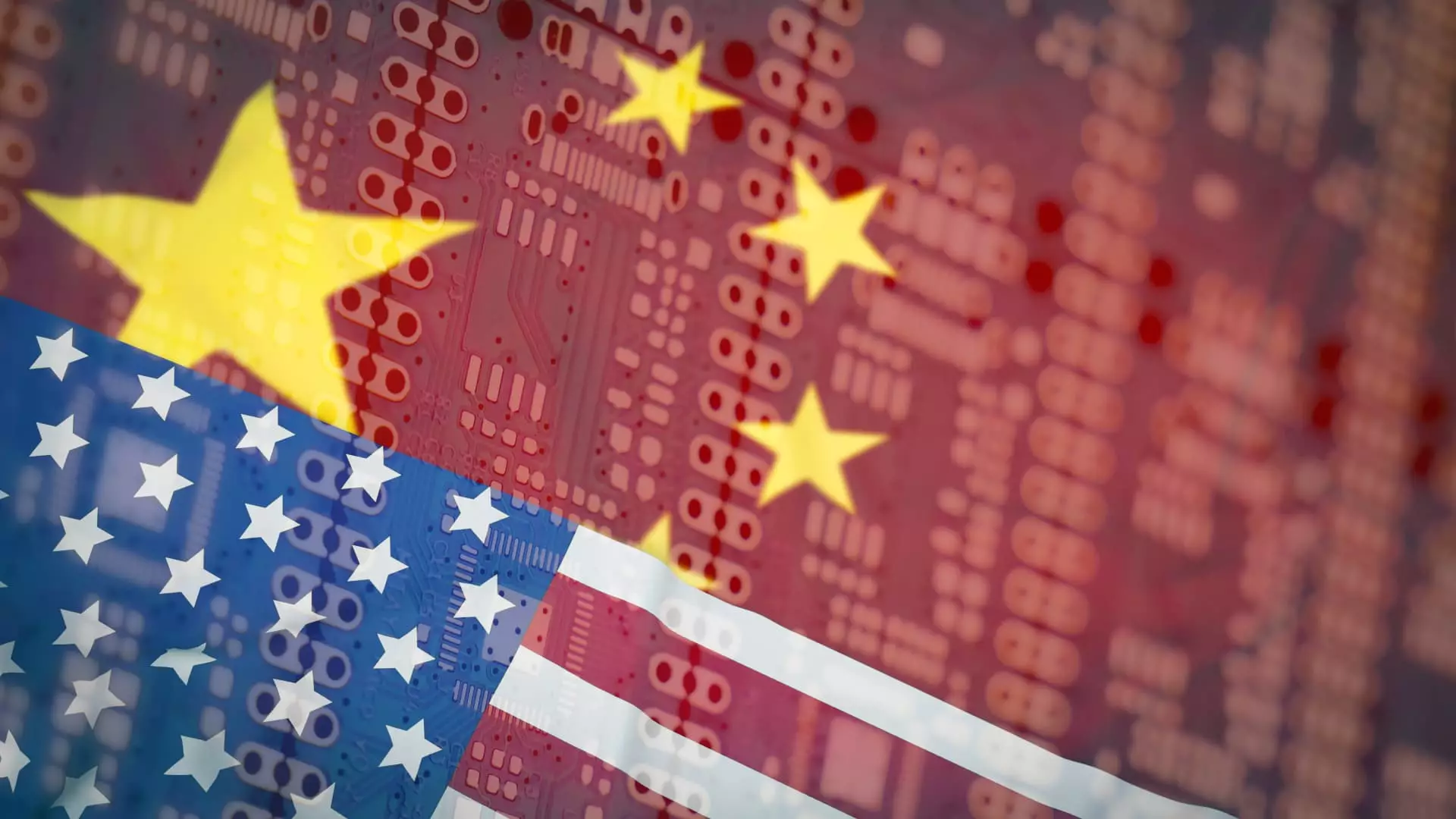On Monday, the Biden administration announced a significant investigation into China’s legacy semiconductor industry, which impacts an extensive array of sectors, from automotive to military applications. The White House has articulated concerns over what it describes as China’s “non-market policies and practices” that skew competition and foster dependency on Chinese technology. This inquiry signifies a purposeful move to reevaluate and potentially mitigate U.S. reliance on Chinese chips, particularly those termed “legacy,” which are manufactured using older and less sophisticated technologies.
The investigation is being executed under Section 301 of the Trade Act of 1974, traditionally a framework for addressing unfair trade practices. By targeting the production methods of silicon carbide substrates and other essential materials in semiconductor fabrication, the investigation seeks to expose and understand the tactics utilized by Chinese manufacturers. While cutting-edge chips, particularly those fuelling the AI revolution, have been the focus of U.S. sanctions thus far, this new probe into legacy chips illustrates a broader concern for foundational technology that underpins critical infrastructure.
As the U.S. scrutinizes its reliance on these legacy chips, it is also confronting a stark reality: although Chinese manufacturers like TSMC remain behind their Western counterparts in terms of advanced chip production, their capacity to produce legacy chips at scale poses strategic risks. Dependence on these components can lead to vulnerabilities in supply chains concerning essential services such as telecommunications and the power grid.
The Biden administration’s focus on China’s semiconductor landscape reflects an escalation in the ongoing technological arms race between the two superpowers. By conducting this investigation, the U.S. aims to disrupt China’s competitive advantage and protect its own domestic industries, using measures that could include import tariffs. The introduction of new tariffs could have cascading effects on U.S.-China trade relations, destabilizing already fraught economic interactions further.
Additionally, the investigation will transition to the incoming administration of Donald Trump, which raises questions about the continuity of U.S. policy in this vital technological arena. The implications of such a transition will likely amplify or alter the nature of the investigations depending on the priorities of the new administration.
As the semiconductor industry is increasingly recognized as a strategic asset in both economic and national security terms, the Biden administration’s inquiry is a critical step toward a more resilient supply chain framework. By considering the implications of reliance on legacy chips and the broader geopolitical context, the U.S. is potentially laying the groundwork for future policies that prioritize domestic manufacturing and innovation while remaining vigilant against competitive practices deemed harmful.
The evolving landscape of semiconductor policy will require a keen awareness of technological advancements and geopolitical strategies. The investigation into legacy Chinese semiconductors is just one piece of a larger puzzle that will shape U.S. economic policy in the years to come.

